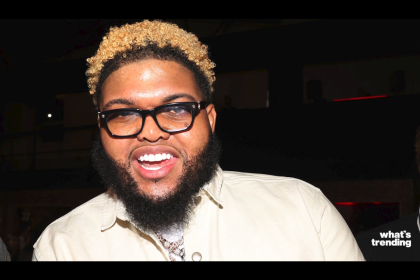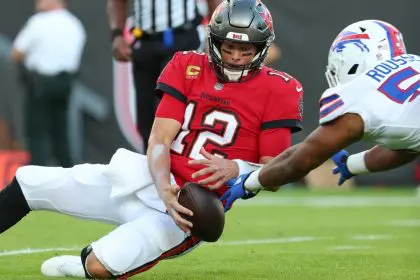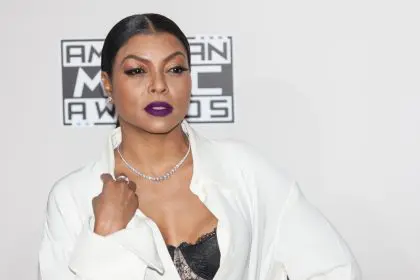
While barely in his teens, Quincy befriended a local singer-pianist who had recently migrated from the Deep South and was only three years his senior. His name was Ray Charles Robinson, better known to the world as Ray Charles. The two youths formed a combo, eventually landing small club and wedding gigs. They would reunite at regular intervals throughout the rest of Charles’ life for magical collaborations. 
At 18, the young trumpeter won a scholarship to Berklee College of Music in Boston, but dropped out abruptly when he received an offer to go on the road with bandleader Lionel Hampton. Quincy loves telling the story of how he would always have a cigarette dangling out the edge of his mouth in order to trick others into thinking he was much older. The stint with Hampton led to work as a freelance arranger. Jones settled in New York, where, throughout the 1950s, he wrote charts for Tommy Dorsey, Gene Krupa, Sarah Vaughan, Count Basie, Duke Ellington, Dinah Washington, Cannonball Adderley and his old friend Ray Charles.
By 1956, Quincy Jones was performing as a trumpeter and music director with the Dizzy Gillespie band on a State Department-sponsored tour of the Middle East and South America. Shortly after his return, he recorded his first albums as a bandleader in his own right for ABC Paramount Records.










